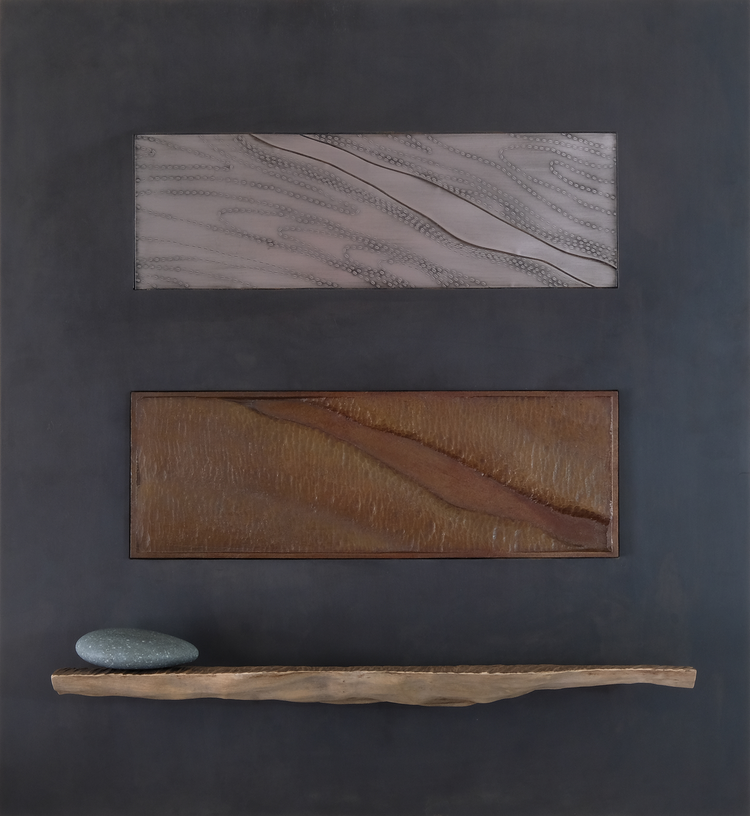One of the things about using a wide slab in a piece of furniture is that you have to acknowledge that it is going to move as the seasons change. It would be nice it it stayed flat but unless it is 100% quarter sawn that isn't likely, and that isn't usually the most striking figure. For a 36" wide table made out of solid walnut , known as being a very stable wood, the top can change up to 1/2" because of seasonal changes in moisture. If any of that movement is in the slightest form of a cup or a twist then the legs will no longer be even and you will end up with what I call restaurant table syndrome, thunk Thunk.. thunk Thunk. The easiest way to plan for this is to incorporate some type of leg leveler, or glide. I buy high quality glides by the half gross and get a good price on them and they perform their job beautifully. The problem is they are ugly, butt ugly to be precise.
Not only are the pads I buy unattractive they mount via a 1/4" threaded rod that screws into what ever the purchaser sees fit to provide. I'm sure there are makers that see fit to drill a hole in the bottom of a leg and knock a "T" nut into it and call it good. And it probably would be us the piece of furniture was never moved or the glide was never adjusted. A better approach, and the one that most custom makers use is to install a threaded metal insert into the bottom of the leg. My problem with this is is still leaves that ugly glide sitting there in plain view as if it was part of my design. My approach has always been to recess then into the leg or case so that only a fraction of the nylon pad protrudes, effectively making them disappear. On this application I felt that if I simply bored a hole for the glide to be recessed into that the edges might be prone to failure. My solution was to turn an aluminum insert with the required recess for the glide as well as the treads to mount it and some grooves on the outside wall so it could be epoxied into the bottom of the leg before I started making it thinner by carving.
Just one little detail that won't even be seen but it is very important to the function and look I want and fortunately I have the skills and tools so I don't have to limit myself to what I can buy at the hardware store.



